How do you load pipette tips?
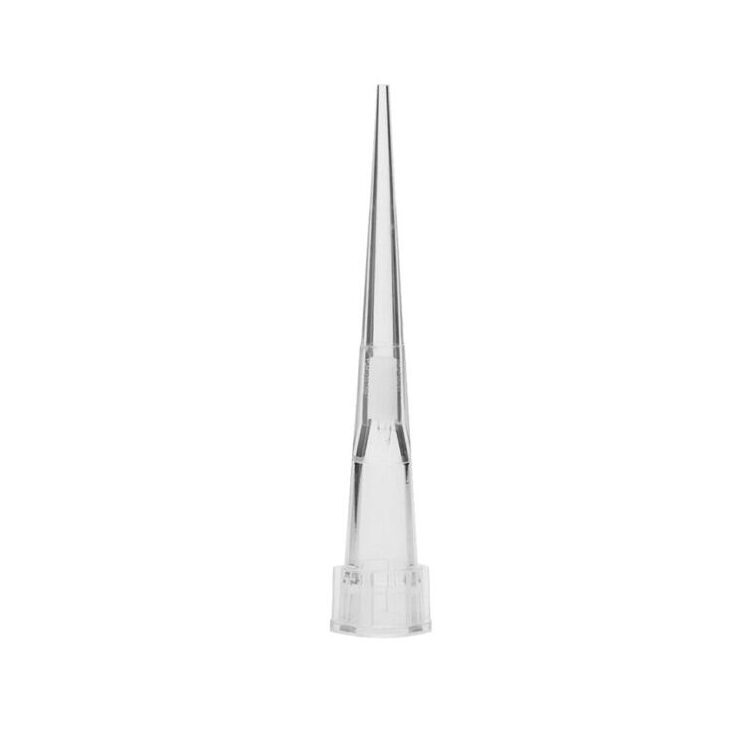
Loading pipette tips onto a pipette is a straightforward process. Here’s a step-by-step guide: Select the appropriate pipette tip: Choose a pipette tip that matches the volume range of your pipette. Ensure that the tip is compatible with the brand and model of your pipette. Inspect the tips: Before loading, visually inspect the pipette tips […]
What volume should you always have your pipette set at when loading a gel?
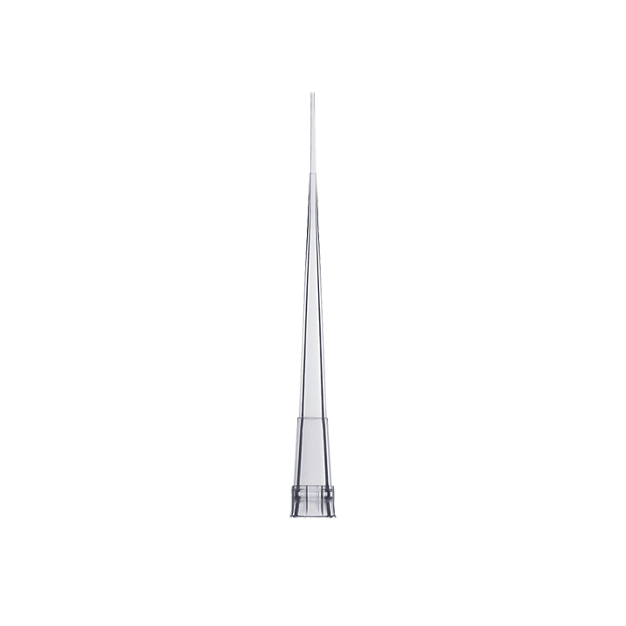
When loading a gel, the volume you set your pipette at depends on the volume of sample you need to load into each well. There isn’t a specific volume that you should always set your pipette to because it varies based on factors such as the size of the wells, the concentration of your samples, […]
How do you load gel with a micropipette?
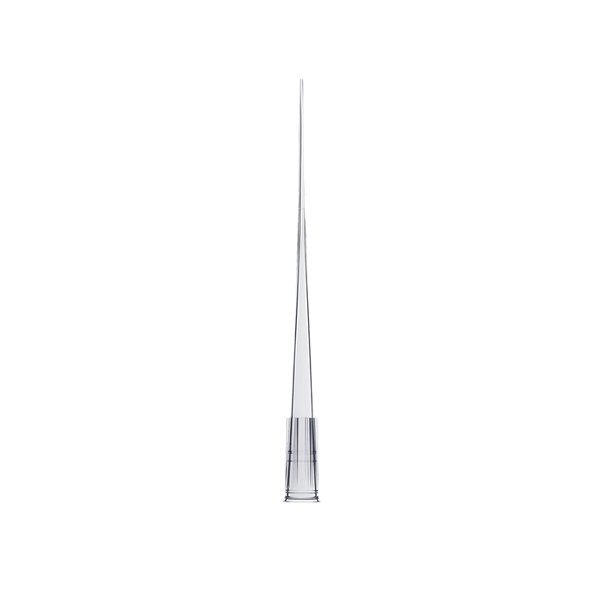
Loading a gel with a micropipette involves carefully dispensing samples into the wells of an agarose or polyacrylamide gel for subsequent electrophoresis analysis. Here’s a general step-by-step guide: Prepare the gel: Ensure that your gel is set up and ready for loading. This typically involves casting the gel, allowing it to solidify, and placing it […]
What are gel loading tips?

Gel loading tips are a type of pipette tip specifically designed for loading samples onto agarose or polyacrylamide gels in gel electrophoresis experiments. These tips have a narrow, elongated shape that allows for precise placement of the sample into the wells of the gel without disturbing neighboring wells. Gel loading tips typically have a smaller […]
What are the tips of the pipette?

The tips of a pipette are the replaceable, disposable components that come into direct contact with the liquid being pipetted. They attach to the end of the pipette and are used to draw up and dispense precise volumes of liquids. Pipette tips come in various sizes and shapes, and they are typically made of plastic, […]
Are all pipette tips the same?
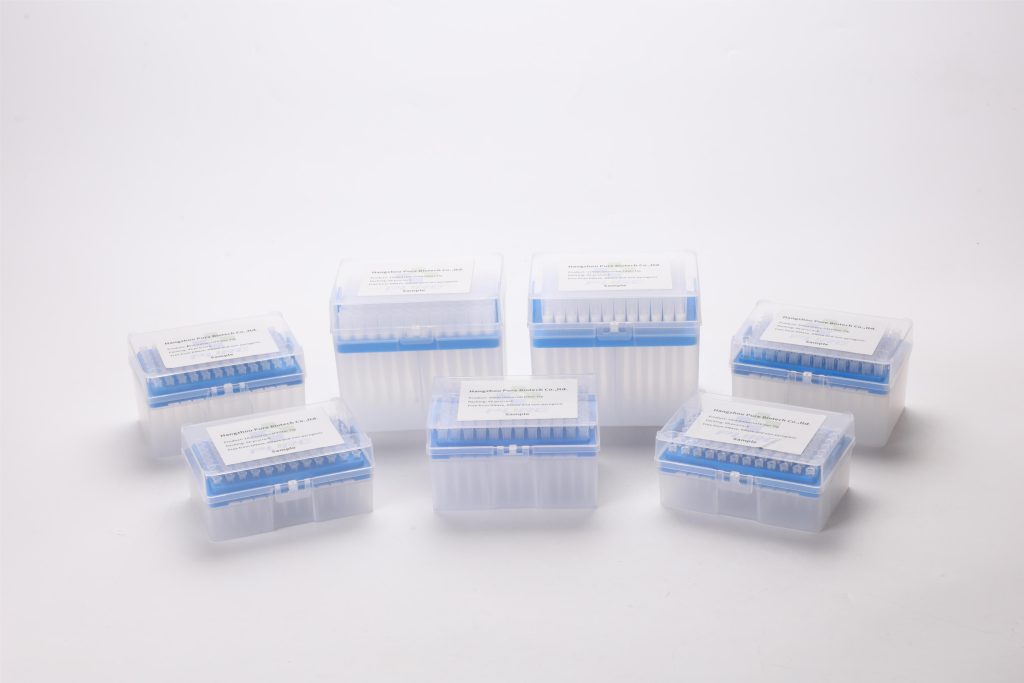
No, pipette tips can vary in several ways, including their size, shape, material, and compatibility with specific pipettes. Here are some key differences: Size: Pipette tips come in various sizes to accommodate different volumes of liquid. Common sizes include 10 µL, 200 µL, 1000 µL, and so on. Shape: Tips can have different shapes such […]
What are low retention pipette tips?
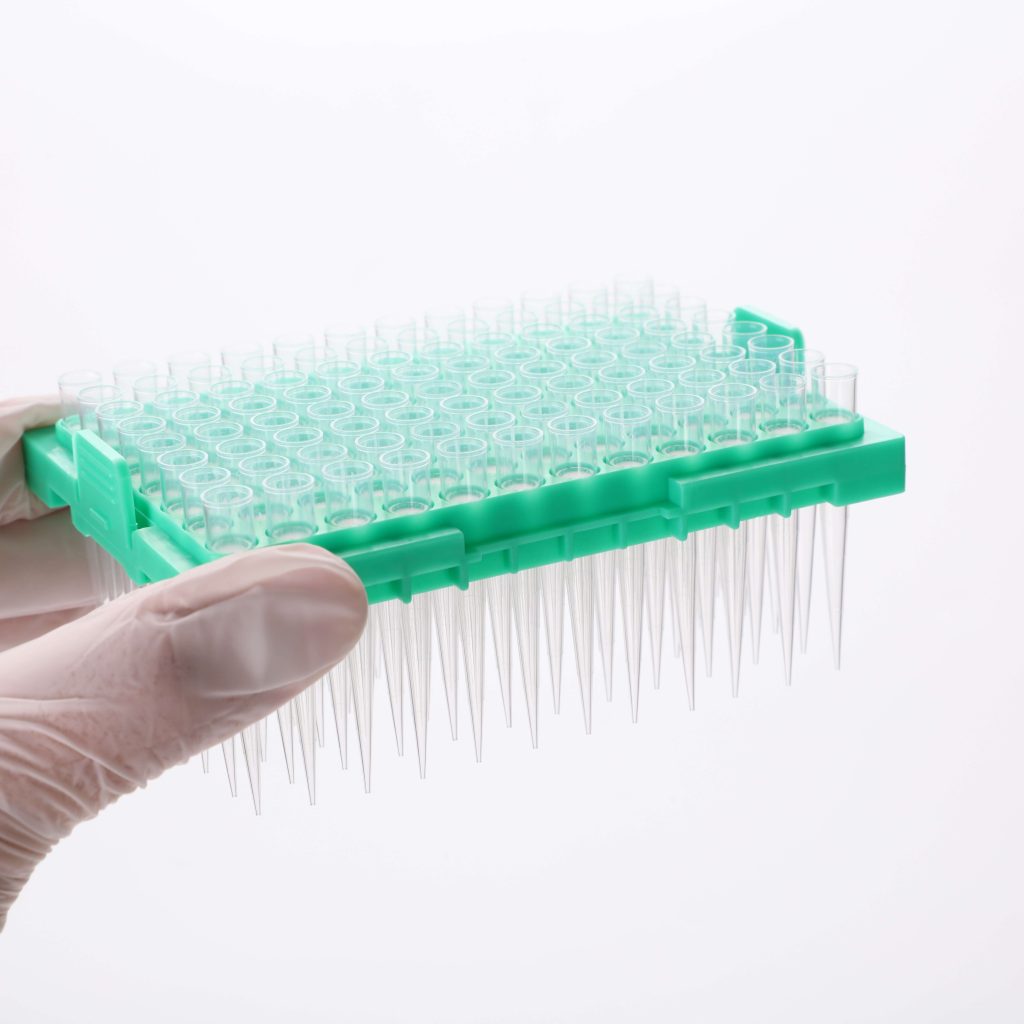
Low-retention pipette tips, also known as low-binding or low-retention tips, are specialized laboratory consumables designed to minimize sample retention and improve liquid handling accuracy and precision during pipetting procedures. These tips are particularly valuable when working with small volumes of precious or expensive samples, such as DNA, RNA, proteins, enzymes, and other biomolecules. Here are […]
Can you autoclave rainin pipette tips?
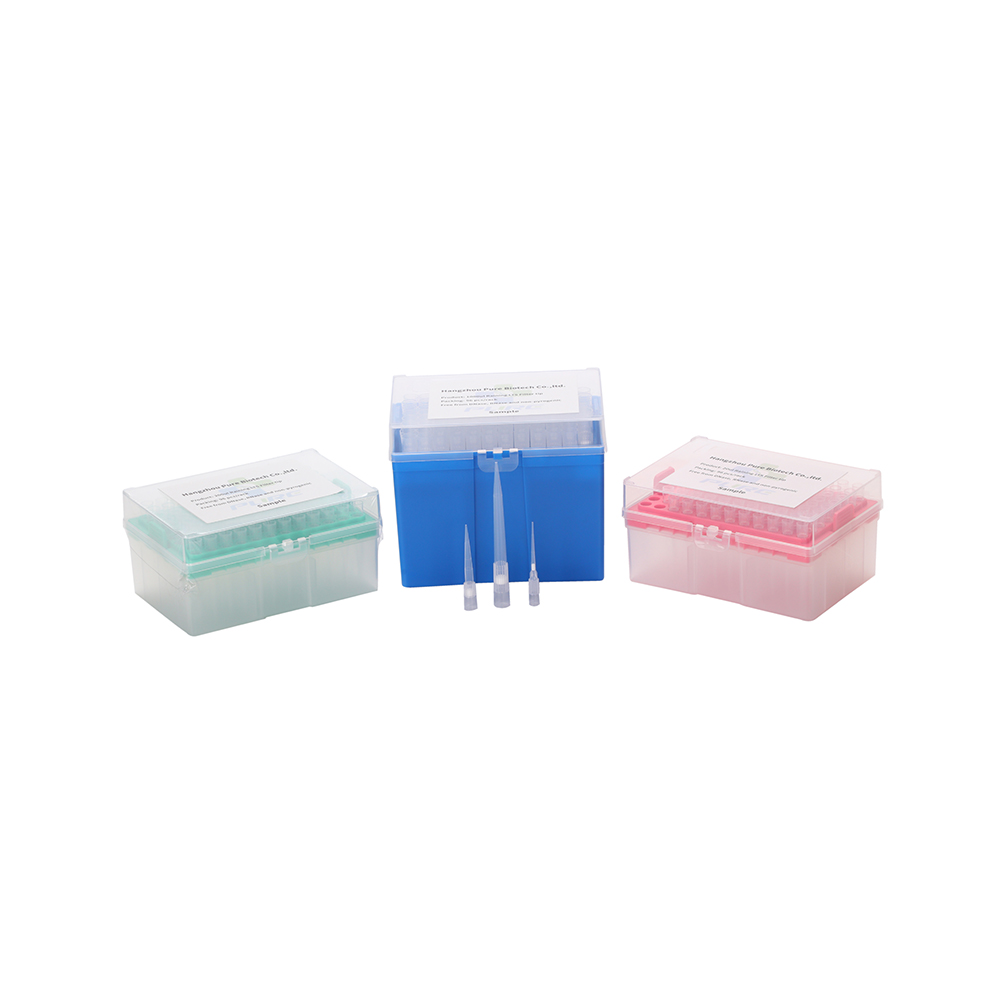
Rainin pipette tips are generally not recommended for autoclaving. Autoclaving, which involves subjecting equipment and materials to high-pressure steam to sterilize them, can potentially damage plastic pipette tips, including those manufactured by Rainin. Here are a few reasons why Rainin pipette tips are typically not autoclaved: Material Integrity: Autoclaving can cause plastic materials to degrade […]
What are Rainin tips compatible with?
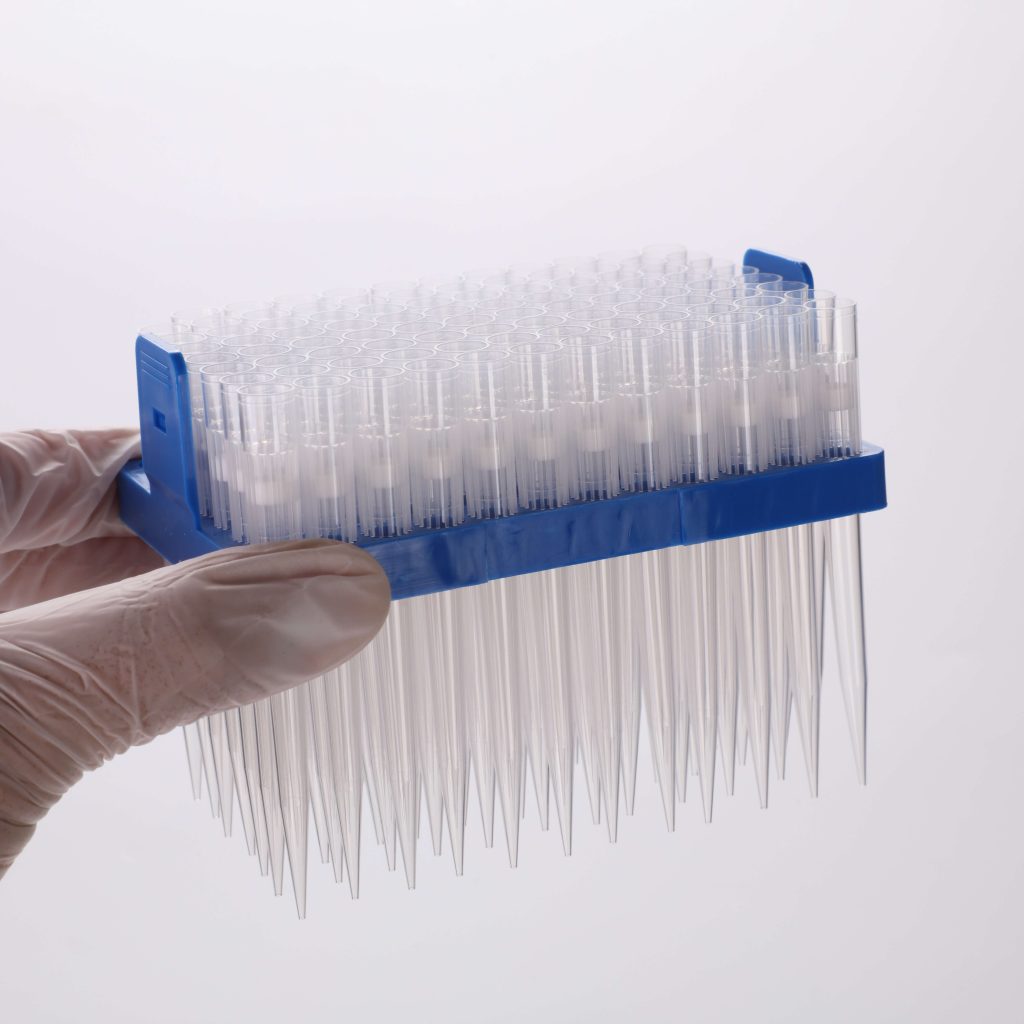
Rainin tips are compatible with Rainin pipettes, which are precision laboratory instruments used for accurate and reproducible liquid handling in various scientific applications. Rainin is a well-known manufacturer of high-quality pipettes and pipette accessories, including disposable tips. Here are some key points regarding Rainin tips compatibility: Rainin Pipettes: Rainin tips are specifically designed to be […]
What are LTS pipette tips?

LTS (Low-Retention Tips) pipette tips are a type of pipette tip commonly used in laboratory settings, particularly in molecular biology, biochemistry, and other life science research fields. These tips are designed with features to minimize sample loss and enhance accuracy during pipetting procedures. Here are some key characteristics of LTS pipette tips: Low-Retention Properties: LTS […]
